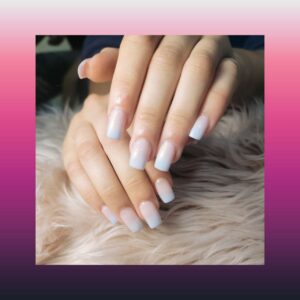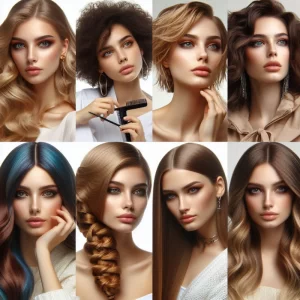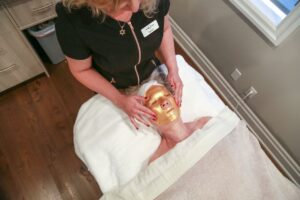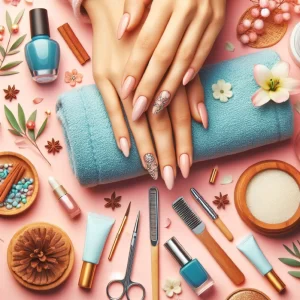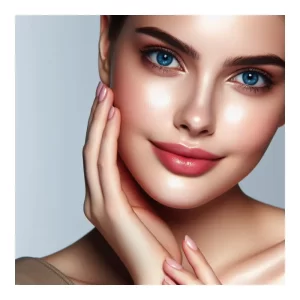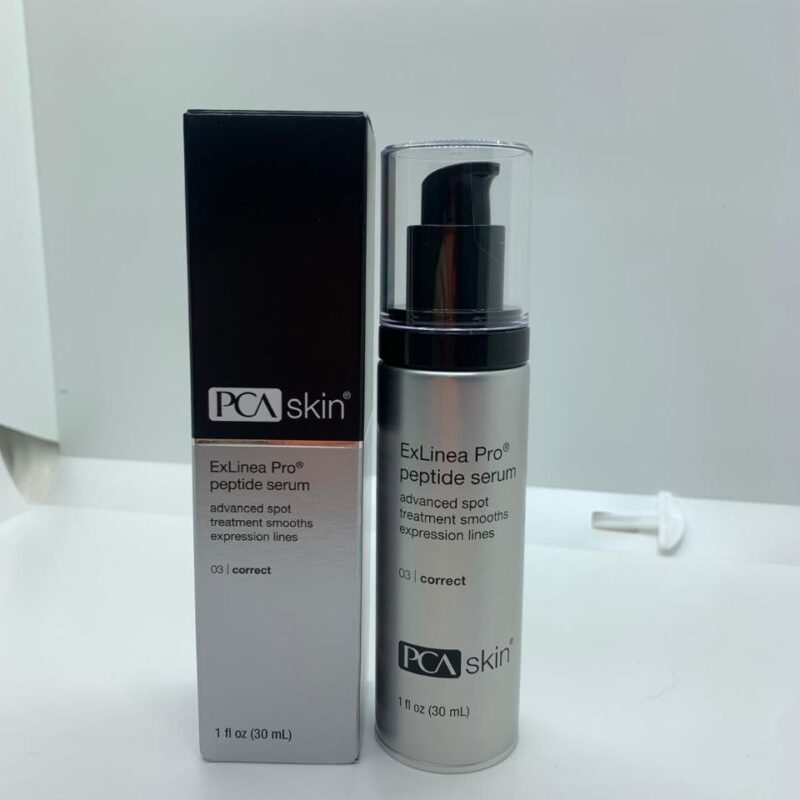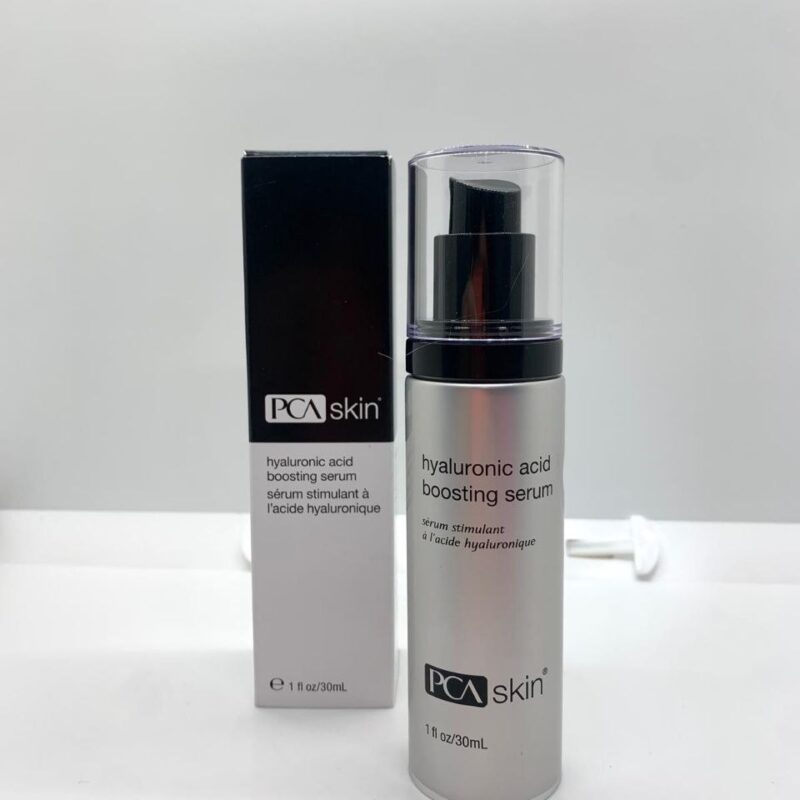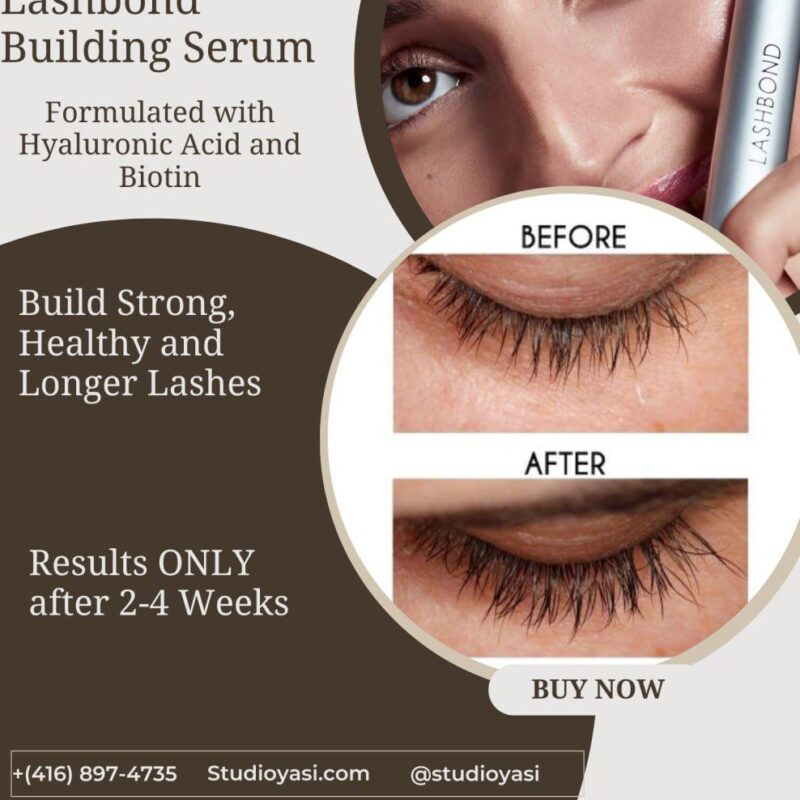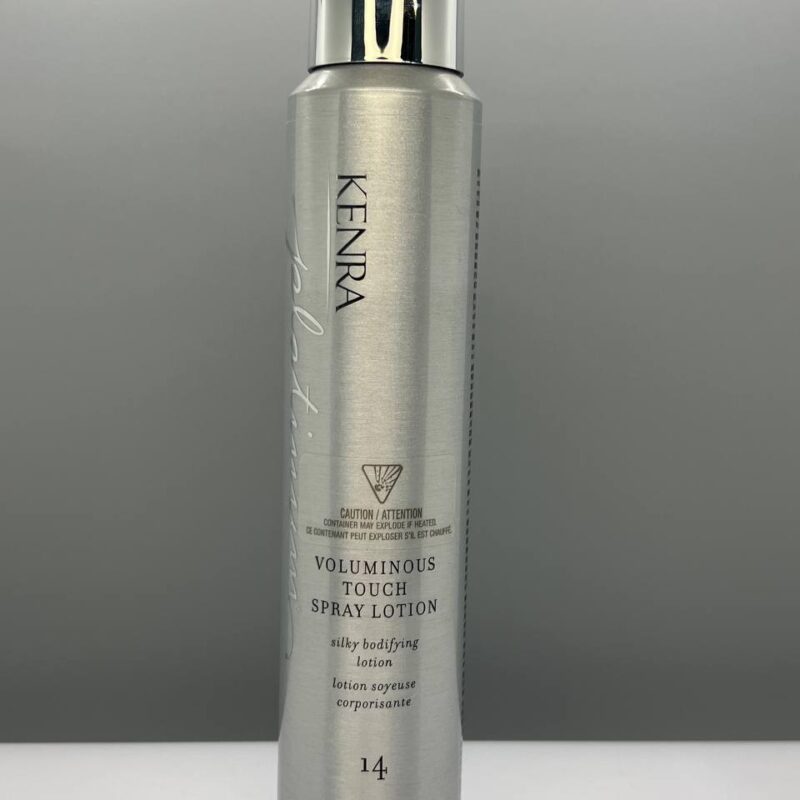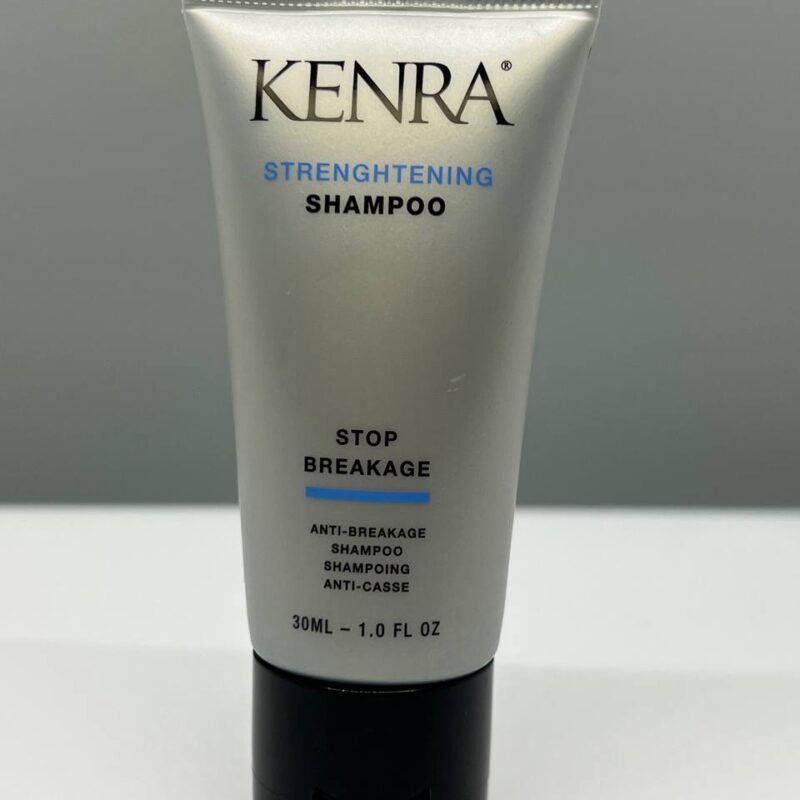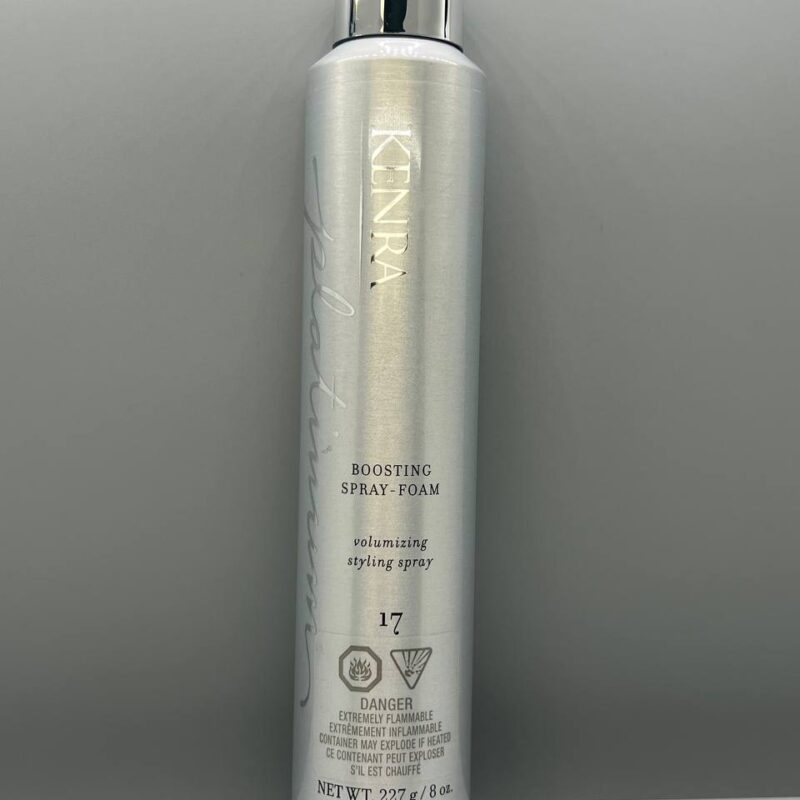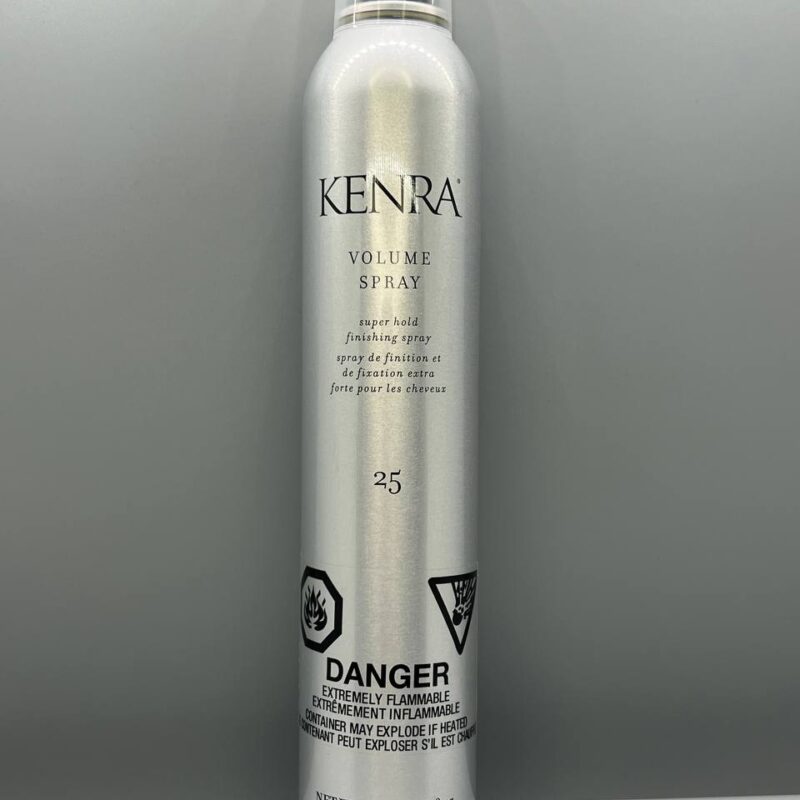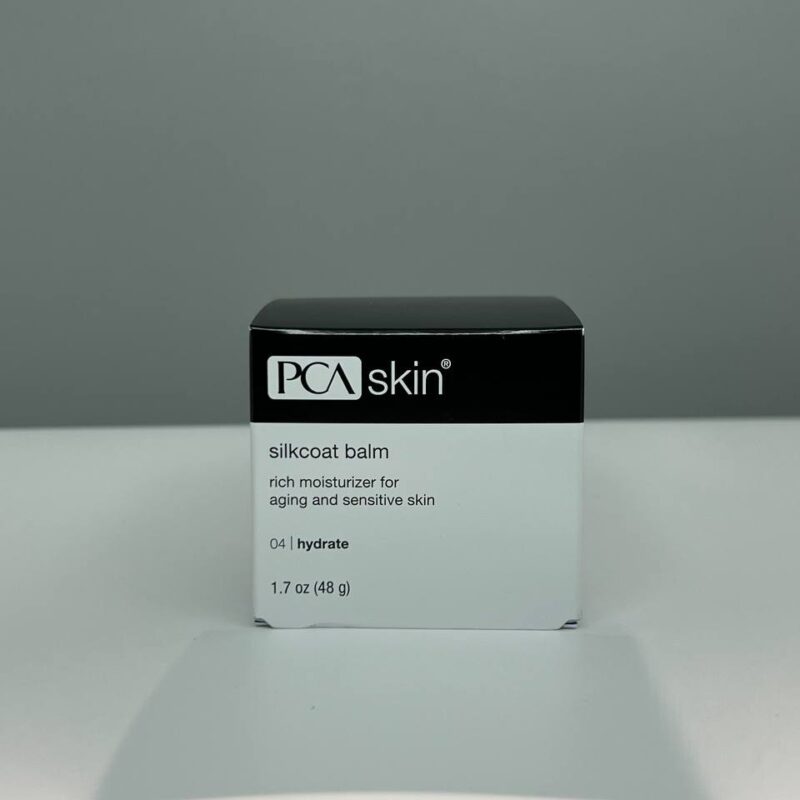Growing healthy and strong hair is a goal for many individuals, and achieving it involves a combination of proper care, nutrition, and lifestyle choices. Everyone’s hair is unique; finding the best routine and products for you may take some time. Consistency and patience are essential for achieving and maintaining healthy and strong hair.
How fast does hair grow?
The rate of hair growth is a complex process influenced by various factors, including genetics, age, sex, and overall health. On average, scalp hair grows at a rate of 0.50 to 1.25 centimeters (0.20 to 0.50 inches) per month. This means hair grows 0.07 to 0.16 millimeters (0.003 to 0.006 inches) daily. Hair growth occurs in three distinct phases:
- Anagen phase is the active growth phase, lasting an average of 2 to 7 years. During this phase, hair cells constantly divide and produce new hair. About 85% to 95% of scalp hair is in the anagen phase at any time.
- The catagen phase is the transitional phase, typically lasting 2 to 3 weeks. During this phase, the hair follicle shrinks, and hair growth decreases. About 1% to 3% of scalp hair is in the catagen phase at any time.
- The telogen phase is the resting phase, lasting an average of 3 to 4 months. During this phase, the hair follicle is inactive, and the hair is not growing. About 10% to 15% of scalp hair is in the telogen phase at any time.
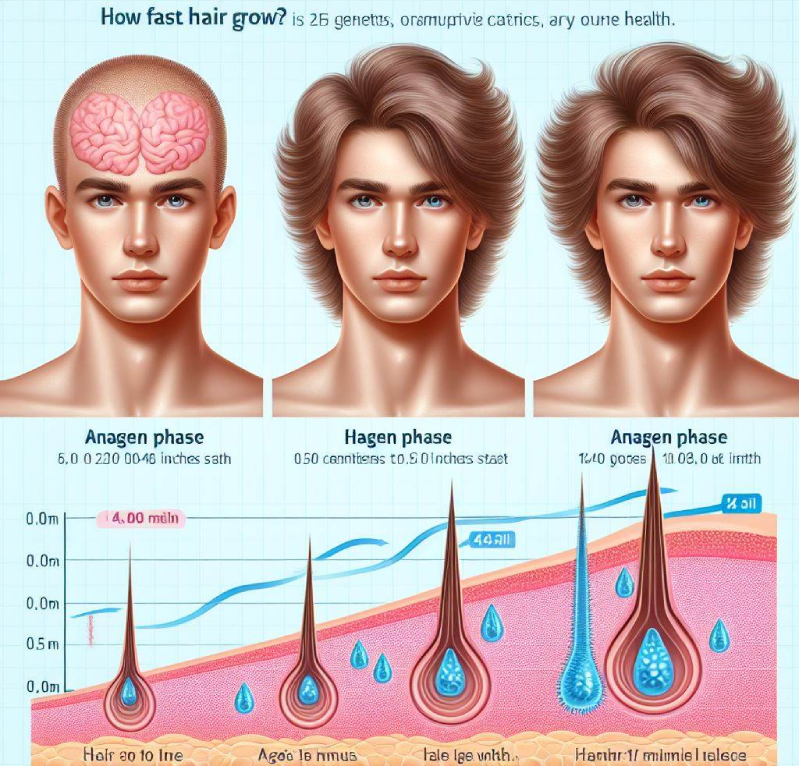
Once the hair has reached the telogen phase, it will eventually fall out, typically within 2 to 4 weeks. A new hair follicle will then begin to grow in its place, and the cycle will start again. The rate of hair growth can be influenced by several factors, including:
- Genetics: Genetics plays a significant role in determining the individual’s hair growth rate. Some people are predisposed to have faster-growing hair, while others are predisposed to have slower-growing hair.
- Age: Hair growth tends to slow down as we get older. This is because the anagen phase of hair growth becomes shorter with age.
- Sex: Men’s hair tends to grow faster than women’s hair. This is because men’s hair follicles are generally larger and have thicker dermal papillae, the structures within the follicles that supply nutrients to the growing hair.
- Health: Certain medical conditions, such as thyroid disorders and anemia, can affect hair growth. These conditions can lead to a shorter anagen phase and a higher percentage of hair follicles in the telogen phase.
- Diet: A healthy diet rich in vitamins and minerals is essential for optimal hair growth. Deficiencies in specific nutrients, such as iron, zinc, and biotin, can interfere with hair growth.
- Stress: Chronic stress can lead to hair loss, including telogen effluvium, a temporary shedding of hair due to stress.
- Hair care habits: Using harsh shampoos and conditioners can damage the hair shaft and make it more prone to breakage. Regular trims can help to remove split ends and encourage new hair growth.
While there is no magic pill that instantly grows hair faster, you can do several things to promote healthy hair growth. Eating a nutritious diet, getting enough sleep, managing stress, and using gentle hair care products can all help to improve hair growth.
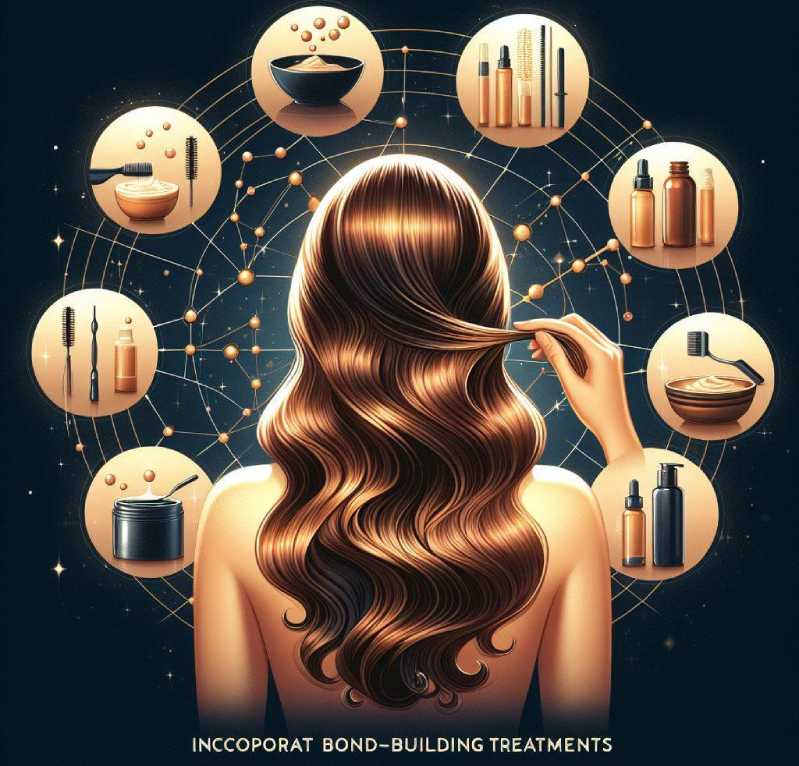
How should you make your hair grow faster?
There is no magic pill to make hair grow faster, but you can do several things to promote healthy hair growth. Here are some tips:
1. Incorporate bond-building treatments
Integrating bond-building treatments into your hair care routine can significantly enhance hair health and promote faster growth. These treatments work by repairing damaged hair bonds, which are responsible for the strength and elasticity of hair strands. When hair bonds are broken, hair becomes brittle, prone to breakage, and may appear dull and lifeless. Here are some effective bond-building treatments you can incorporate into your hair care routine:
- Olaplex: Olaplex is a famous hair care brand specializing in bond-building treatments. Its products contain Bis-Aminopropyl Diglycol Dimaleate, which can break down into two molecules that can reattach to broken disulfide bonds in the hair. Olaplex therapies are available in various forms, including shampoos, conditioners, and standalone treatments.
- K18: K18 is another innovative bond-building treatment that utilizes a protein-based molecule called K18Peptide Complex. This molecule penetrates deep into the hair shaft, and repairs damaged bonds, resulting in stronger, healthier hair. K18 is a leave-in treatment that can be applied to wet or dry hair.
10 simple tips to take care of dry hair
- Redken Acidic Bonding Concentrate: This treatment is designed to strengthen hair and protect it from further damage caused by heat styling, coloring, and other chemical treatments. It contains a blend of amino acids and peptides that help to repair broken bonds and restore hair’s elasticity. Redken Acidic Bonding Concentrate can be used as a leave-in conditioner or pre-shampoo treatment.
- Epres Bond Repair Treatment: This treatment is formulated with a unique blend of amino acids, peptides, and ceramides that work in synergy to repair damaged bonds, strengthen hair strands, and improve overall health. It is available as a leave-in, shampoo, and conditioner duo.
Incorporating one or more of these bond-building treatments into your hair care routine can significantly improve hair strength, elasticity, and shine. Your hair will be less prone to breakage, healthier, and appear more vibrant and youthful.
Laser Hair Removal vs. Electrolysis | Which is better and differences?
2. Get frequent trims
Regular trims are essential for healthy hair growth. Split ends are the most common type of hair damage and can occur when the hair shaft is cracked or frayed. Split ends can travel up the hair shaft, causing further damage and preventing the hair from growing properly. By getting regular trims, you can remove split ends before they can travel up the hair shaft and prevent further damage.
Introducing 10 of Summer 2024’s Hairstyle Trends
How often you need a trim will depend on your hair type and how quickly it grows. Generally, most people with healthy hair can get a trim every 6-8 weeks. However, you may need a trim every 4-6 weeks if you have fine, damaged hair. You can go 8-12 weeks between trims if you have thick, healthy hair.
Here are some signs that you need a trim:
- Your hair is looking dull and lifeless.
- Your hair is breaking easily.
- Your hair is frayed or split at the ends.
- Your hair is uneven in length.
- Your hair is starting to curl up at the ends.
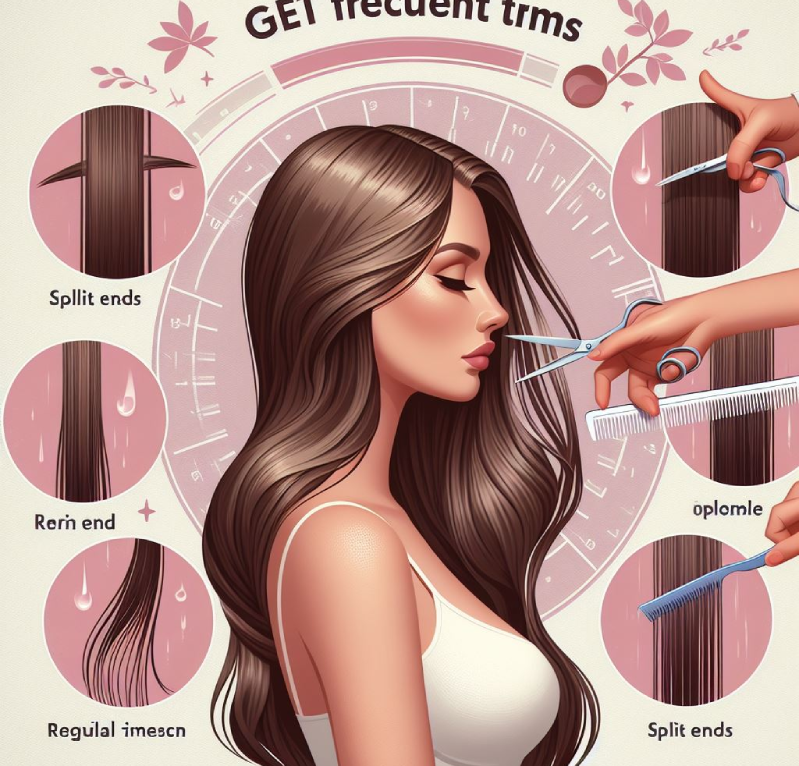
3. Eat the proper diet.
Eating a balanced diet with plenty of nutrients that support hair health is essential to boost healthy hair growth. Here are some specific foods that are particularly beneficial for hair growth:
- Protein: Protein is essential for building new hair cells. Good protein sources include lean meats, poultry, fish, eggs, beans, and lentils.
- Biotin: Biotin is a B vitamin that plays a role in cell growth and division. Good sources of biotin include eggs, nuts, seeds, and leafy green vegetables.
- Iron: Iron is essential for carrying oxygen to the hair follicles. Good sources of iron include red meat, poultry, fish, beans, lentils, and iron-fortified cereals.
- Zinc: Zinc is essential for cell growth and repair. Good sources of zinc include oysters, red meat, poultry, beans, and nuts.
- Omega-3 fatty acids: Omega-3 fatty acids are essential for healthy hair growth and shine. Good sources of omega-3 fatty acids include fatty fish such as salmon, tuna, mackerel, walnuts, and flaxseeds.
- Vitamin C: Vitamin C is essential for collagen production, the protein that gives hair strength and elasticity. Good sources of vitamin C include citrus fruits, bell peppers, broccoli, and strawberries.
- Vitamin E: Vitamin E is an antioxidant that protects hair cells from damage. Good sources of vitamin E include nuts, seeds, avocados, and spinach.
In addition to eating a balanced diet, staying hydrated by drinking plenty of water is essential. Water helps to transport nutrients to the hair follicles and keeps hair hydrated and healthy.

4. Pump up the protein.
Protein is an essential building block for hair, making up about 80% of the hair shaft. A healthy diet that includes plenty of protein is crucial for promoting healthy hair growth. Here are some specific tips for incorporating more protein into your diet:
- Include lean protein sources in every meal: Start your day with eggs, oatmeal with nuts and seeds, or Greek yogurt with fruit. For lunch, opt for grilled chicken or fish with a side salad. Enjoy a lean protein and vegetable stir-fry or tofu scramble in the evening.
- Add protein to your day: Healthy snacks like nuts, seeds, Greek yogurt, hard-boiled eggs, and cottage cheese are excellent protein sources.
- Choose protein-rich beverages: Smoothies made with protein powder, milk, yogurt, and fruits are a convenient and delicious way to boost your protein intake.
- Cook with protein-rich ingredients: Incorporate beans, lentils, quinoa, and tempeh into your meals.
- Read food labels carefully: Pay attention to the protein content of the foods you’re buying and choose options high in protein.
12 Handy Tips to Get Strong and Healthy Nails, According to Nail Care Experts
Remember, a balanced diet, including healthy hair growth, is essential for overall health. Aim to consume a variety of protein sources to ensure you’re getting all the essential amino acids your body needs for hair growth and repair.
5. Use more zinc
Zinc is essential in various bodily functions, including hair growth and repair. It is involved in cell division and protein synthesis, which are crucial processes for hair growth. Zinc also helps to regulate hormone levels, including testosterone, which can affect hair growth.
Here are some ways to increase your zinc intake:
- Eat zinc-rich foods: Zinc is found in various foods, including oysters, red meat, poultry, beans, nuts, and seeds.
- Take a zinc supplement: If you’re not getting enough zinc from your diet, consider taking a zinc supplement. However, you must talk to your doctor first to determine if a supplement is right.
- Use a zinc-rich shampoo or conditioner: Several shampoos and conditioners are formulated with zinc. These products can help improve hair health and promote growth.
6. Ask your doctor about prescription hair growth treatments.
If you are concerned about your hair loss, talk to your doctor. They can help you determine the cause of your hair loss and recommend the best treatment options.
There are many prescription hair growth treatments available. These treatments work differently but aim to stimulate hair growth or prevent hair loss. Some of the most common prescription hair growth treatments include:
- Minoxidil: Minoxidil is a topical medication that is applied to the scalp. It works by widening blood vessels in the scalp, which can promote hair growth.
- Finasteride: Finasteride is an oral medication that is taken once a day. It works by blocking the production of a hormone that can cause hair loss.
- Dutasteride: Dutasteride is another oral medication that is taken once a day. It is similar to finasteride but more effective at blocking the hormone production that can cause hair loss.
7. Remove buildup
Removing any buildup that may have accumulated on your scalp is essential to keep your hair healthy and boost growth. Here are some tips on how to do this:
- Use a clarifying shampoo: Shampoos are designed to remove product buildup, dirt, and oil from the scalp. They can be used every few weeks or as needed.
- Massage your scalp: Massaging your scalp can help to stimulate blood flow and promote hair growth. You can use your fingertips or a scalp massager to massage your scalp for 3-5 minutes daily.
- Avoid harsh shampoos. Harsh shampoos can strip away natural oils from your scalp, making it more prone to dryness and breakage. Choose a gentle, sulfate-free shampoo.
- Use a leave-in conditioner: Leave-in conditioners can moisturize hair and protect it from damage. Apply one to your hair after you shower and leave it in for a few minutes before combing or styling.
- Use a hair mask: Hair masks can deep condition hair and help remove buildup. Apply a hair mask to hair once a week and leave it in for 30 minutes before rinsing.
These tips can keep your hair healthy, remove buildup, and promote growth.
Modern techniques in waxing and sugaring
8. Massage your scalp with rosemary oil.
Here are the steps on how to massage your scalp with rosemary oil:
- Dilute the rosemary oil: Rosemary oil is very potent, so diluting it with a carrier oil before applying it to your scalp is essential. A carrier oil is a vegetable oil that is less irritating to the skin than rosemary oil. Some good carrier oils for rosemary oil include jojoba, coconut, and almond oil.
The Perfect 7-Step to Build Night Skincare Regimen
- Apply the diluted rosemary oil to your scalp: Add a few drops to your fingertips and massage it into your scalp. Be sure to massage your scalp thoroughly, covering all areas.
- Leave the rosemary oil on for at least 30 minutes: The longer you leave it on your scalp, the more time it will have to work magic. You can leave it on for up to an hour.
- Rinse the rosemary oil off your scalp. After 30 minutes, rinse thoroughly with warm water.
- Repeat the process 2-3 times per week: To see the best results, massage your scalp with rosemary oil 2-3 times weekly.
White hair removal by electrolysis
9. Less shampoo and hydrate more
Washing your hair too often can strip away the natural oils that keep it healthy. This can lead to dry, brittle hair that is more likely to break.
Here are some tips for washing your hair less often:
- Use a gentle, sulfate-free shampoo. Sulfates are harsh detergents that can strip hair of its natural oils.
- Condition your hair after washing it. Conditioner helps restore moisture and make it more manageable.
- Air dry your hair whenever possible. Heat styling can damage your hair and make it more prone to breakage.
- Use a leave-in conditioner or oil to lock in moisture. This will help to keep your hair hydrated and healthy.
Types of massages and their benefits | Pick the right one
10. Lay off the bleach.
While bleaching can give your hair a fantastic makeover, it’s essential to be cautious about how often you use it, as it can damage your hair over time. Bleaching removes the natural pigment from your hair, making it more porous and prone to breakage.
Here are some tips for bleaching your hair safely:
- Do not bleach your hair more than once every 8-12 weeks. This will give your hair time to recover from the damage caused by bleaching.
- Use a gentle bleach formula. Many different types of bleach formulas are available, so be sure to choose one that is gentle on your hair.
- Apply the bleach to dry hair. Wet hair is more porous than dry, absorbing bleach and damaging your hair more quickly.
- Use a low-volume developer. The developer is the chemical that activates the bleach. A low-volume developer will bleach your hair more slowly than a high-volume developer, which will help to reduce damage.
- Condition your hair after bleaching. Conditioner will help restore moisture and make it more manageable.
- Avoid heat styling after bleaching. Heat styling can further damage your hair, so it is best to avoid it for at least a week after bleaching.
What is eyebrow threading | best eyebrow threading in Bradford
11. Avoid excessive heat styling.
Excessive heat styling, such as drying, straightening, or curling your hair, can damage the hair shaft and make it more prone to breakage. Here are some tips to minimize heat styling damage:
- Use a heat protectant spray: Heat protectant spray helps to create a barrier between your hair and the heat from styling tools, reducing damage. Apply it to damp hair before using any heat-styling tools.
- Use a lower heat setting: The higher the heat setting, the more damage it will cause to your hair. Use a lower heat setting whenever possible, and avoid using heat styling tools on wet hair.
- Shorten your styling time: The longer you use heat styling tools, the more damage they will cause. Limit your styling time to the minimum necessary to achieve the desired look.
- Deep condition regularly: Deep conditioning helps to replenish moisture and strengthen your hair, making it more resilient to heat styling damage. Deep condition your hair once a week or as needed.
- Allow your hair to air dry occasionally. Air drying is the best way to avoid heat styling damage. Let your hair air dry naturally whenever possible.
- Protect your hair while sleeping: When you sleep, your hair is more vulnerable to damage from friction against your pillowcase. Tie your hair back in a loose braid, or use a silk or satin pillowcase to minimize friction.
Ways to remove unwanted hair | Why electrolysis is the best way
12. Try using minoxidil.
Minoxidil is a topical medication applied to the scalp to promote hair growth. It works by widening blood vessels in the scalp, which can increase blood flow to the hair follicles. This increased blood flow can help deliver more nutrients to the hair follicles, stimulating hair growth.
Minoxidil is available over-the-counter in various forms, including foam, solution, and spray. It is typically applied to the scalp twice a day. Minoxidil can take several months to start working, and it may take up to a year to see the full benefits.
Minoxidil is generally safe for most people. However, it can cause side effects, such as scalp irritation, redness, and itching. In rare cases, it can also cause more severe side effects, such as heart problems and low blood pressure.
If you are considering using minoxidil, you must talk to your doctor first. They can help you determine if minoxidil is suitable for you and can discuss the potential risks and benefits.
How to avoid skin dryness | 14 easy way to help your skin
13. Try caffeine hair treatments.
Caffeine has been gaining popularity as a natural hair growth booster, and for good reason. Studies have shown that caffeine can help increase blood flow to the scalp, stimulating hair growth. It can also help to protect hair follicles from damage and promote cell growth. Here are some ways to incorporate caffeine into your hair care routine:
- Caffeine shampoo and conditioner: Several shampoos and conditioners on the market contain caffeine. These products can help to increase blood flow to the scalp and promote hair growth.
- Caffeine hair masks: Hair masks can deep condition hair and help remove buildup. Apply a hair mask once a week and leave it in for 30 minutes before rinsing it out.
- Caffeine-infused oils: You can also apply caffeine-infused oils to your scalp. Massage a few drops of oil into your scalp and leave it in for 30 minutes before rinsing it.
- Caffeine serums: Caffeine serums can be applied directly to the scalp and hair follicles. They are typically more concentrated than caffeine-infused oils.
- Caffeine-infused hairspray: Hairspray can help to protect your hair from damage and keep it looking smooth and shiny. Look for a hairspray that contains caffeine.
Incorporating caffeine into your hair care routine can help promote healthy hair growth and prevent hair loss.
Conclusion
In conclusion, achieving healthy and robust hair involves a holistic approach encompassing proper nutrition, regular care, and mindful lifestyle choices. A balanced diet of essential nutrients, hydration, gentle hair care practices, protective styling, scalp health maintenance, occasional trims, and stress management contribute to optimal hair growth. Consistency and patience are crucial as positive changes take time to reflect on the health of your hair. Adopting a comprehensive and personalized hair care routine can nurture your locks and promote long-term vitality and strength.
FAQs
A: The average hair growth rate is about 0.5 inches per month. However, it can vary depending on several factors, such as genetics, age, overall health, and hair type.
A: Several things can slow down hair growth, including:
- Diet: A diet low in nutrients, such as protein, iron, and zinc, can slow hair growth.
- Stress: Stress can interfere with the body’s ability to produce hormones essential for hair growth.
- Hormonal imbalances: Hormonal imbalances, such as those during pregnancy, menopause, or thyroid disorders, can also slow hair growth.
- Diseases: Certain diseases like alopecia areata and lupus can cause hair loss.
- Medications: Some medications, such as chemotherapy and antidepressants, can cause hair loss.
A: Several things can promote healthy hair growth, including:
- A healthy diet: Eating a healthy diet rich in nutrients, such as protein, iron, zinc, biotin, and omega-3 fatty acids, can help promote hair growth.
- Regular exercise can help improve blood circulation to the scalp, which can help promote hair growth.
- Adequate sleep: Sleeping is essential for overall health, including hair growth.
- Stress management: Finding healthy ways to manage stress can help to promote hair growth.
- Hair care products: Using gentle hair care products that are not harsh on the scalp can help to promote hair growth.
- Protecting hair from damage: Avoiding heat styling tools, harsh chemicals, and excessive sun exposure can help to protect hair from damage and promote hair growth.
A: If you are experiencing any of the following, it may be a sign that you have a problem with your hair growth:
- Hair loss that is greater than normal
- Thinning hair
- Patchy hair loss
- Slow hair growth
- Changes in hair texture or color
If you are experiencing any of these signs, seeing a doctor to rule out any underlying medical conditions is important.


